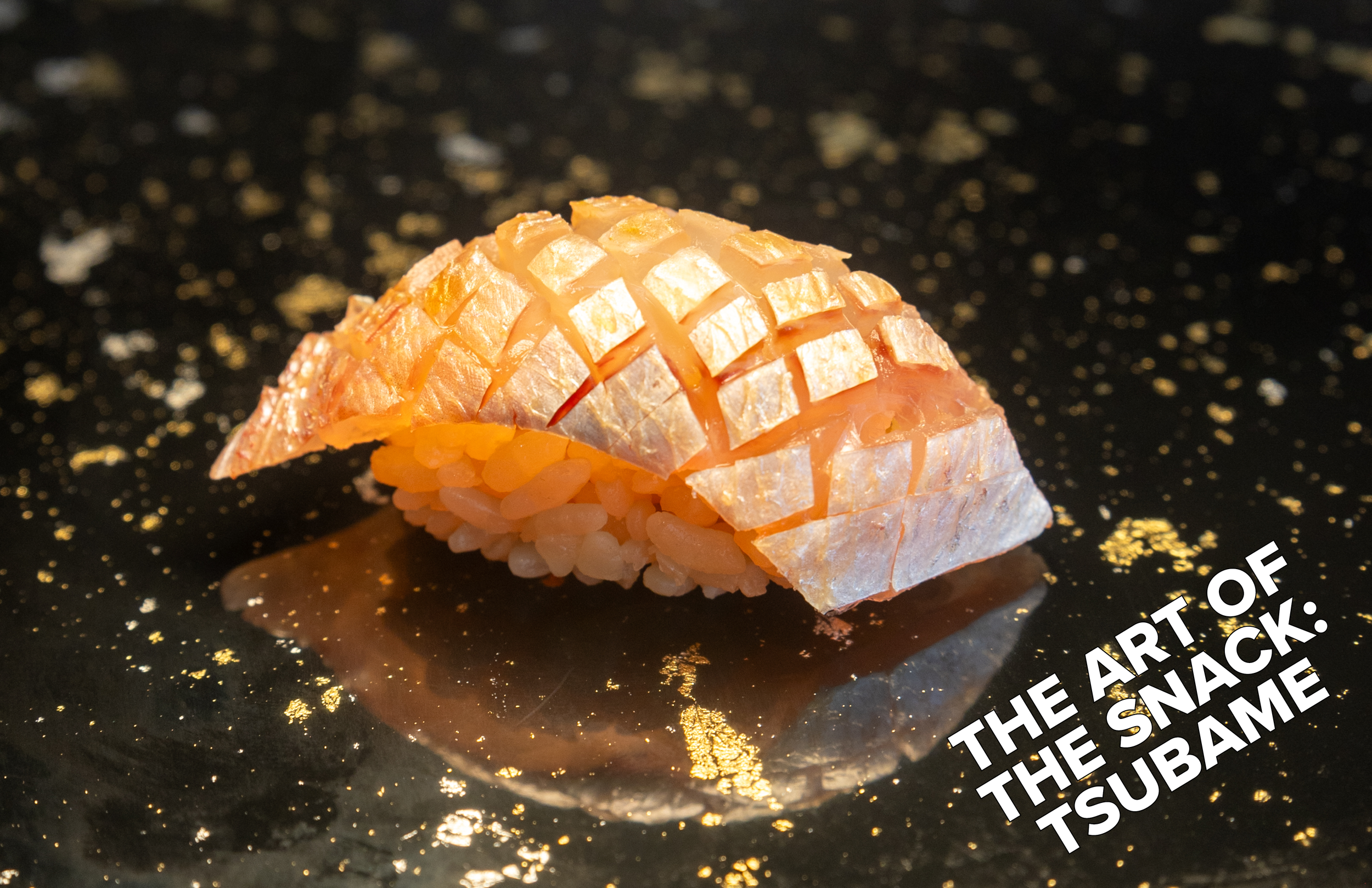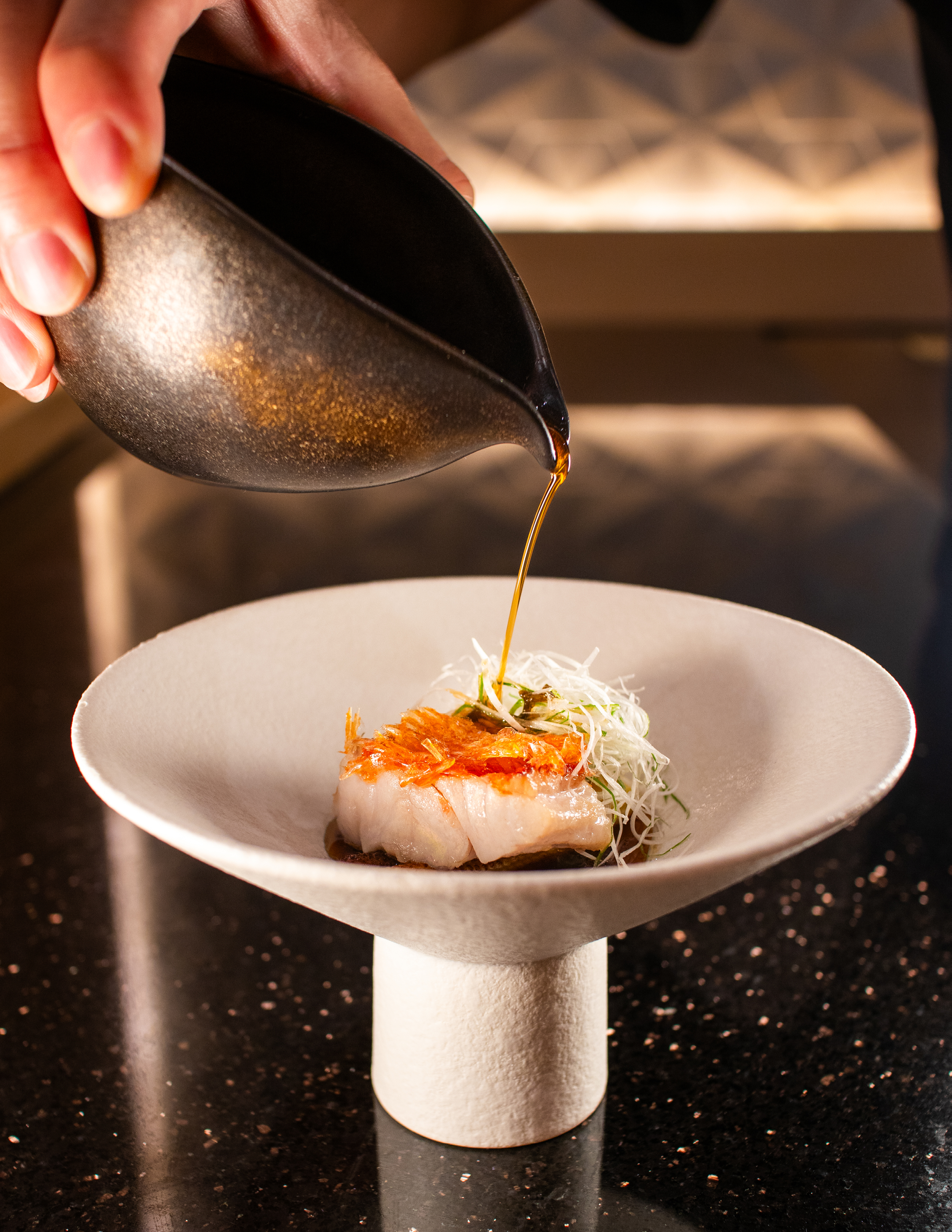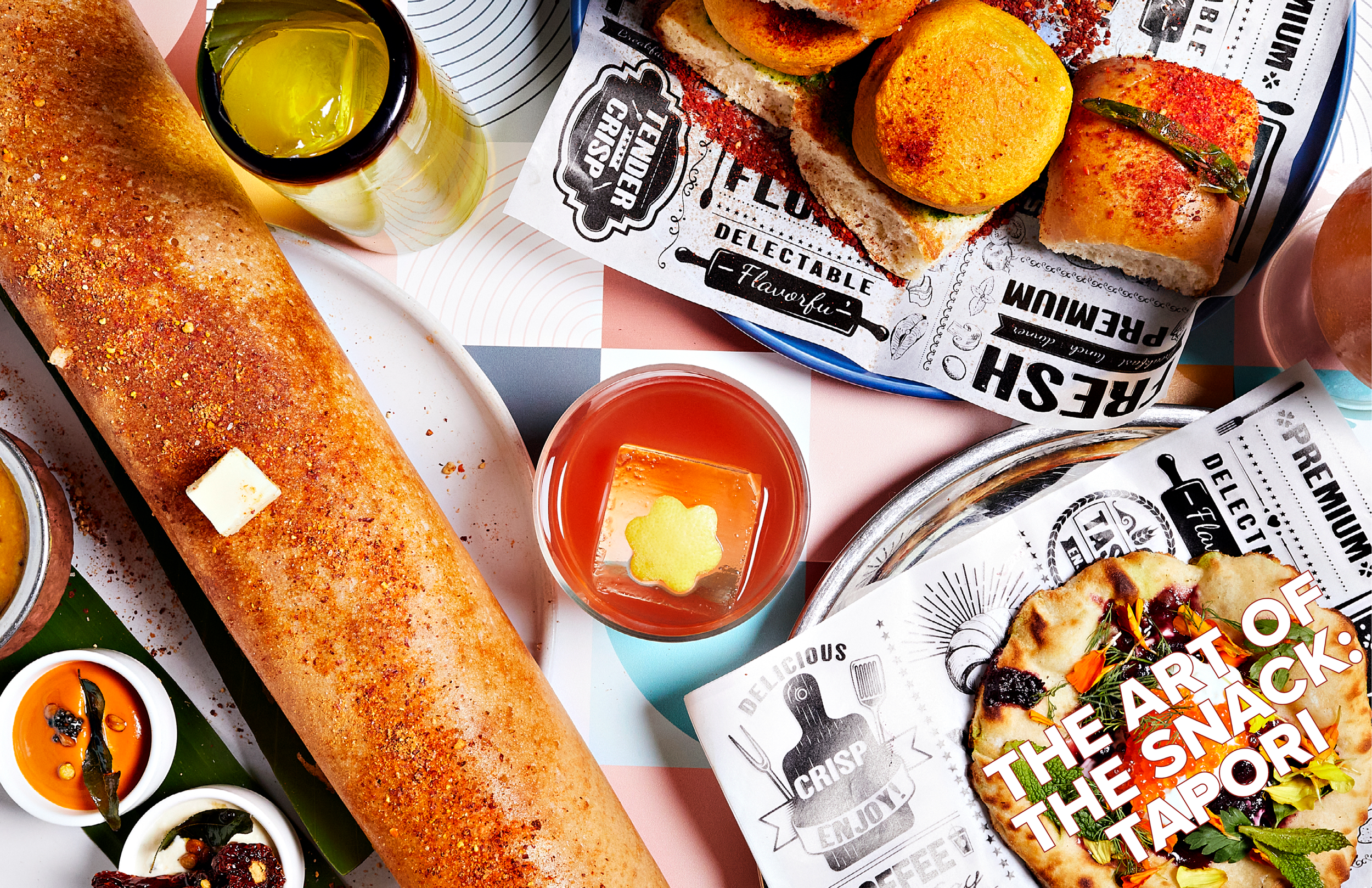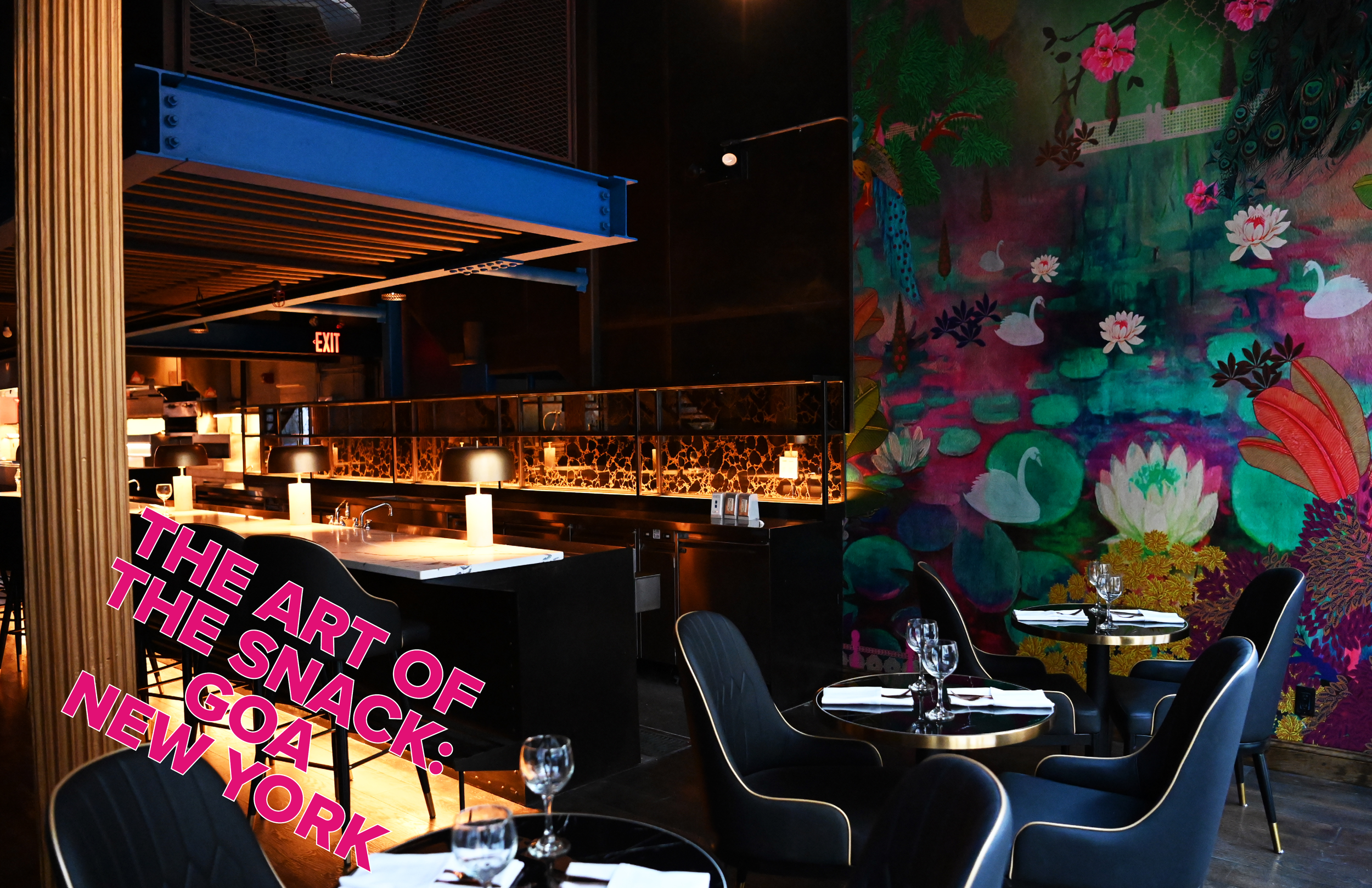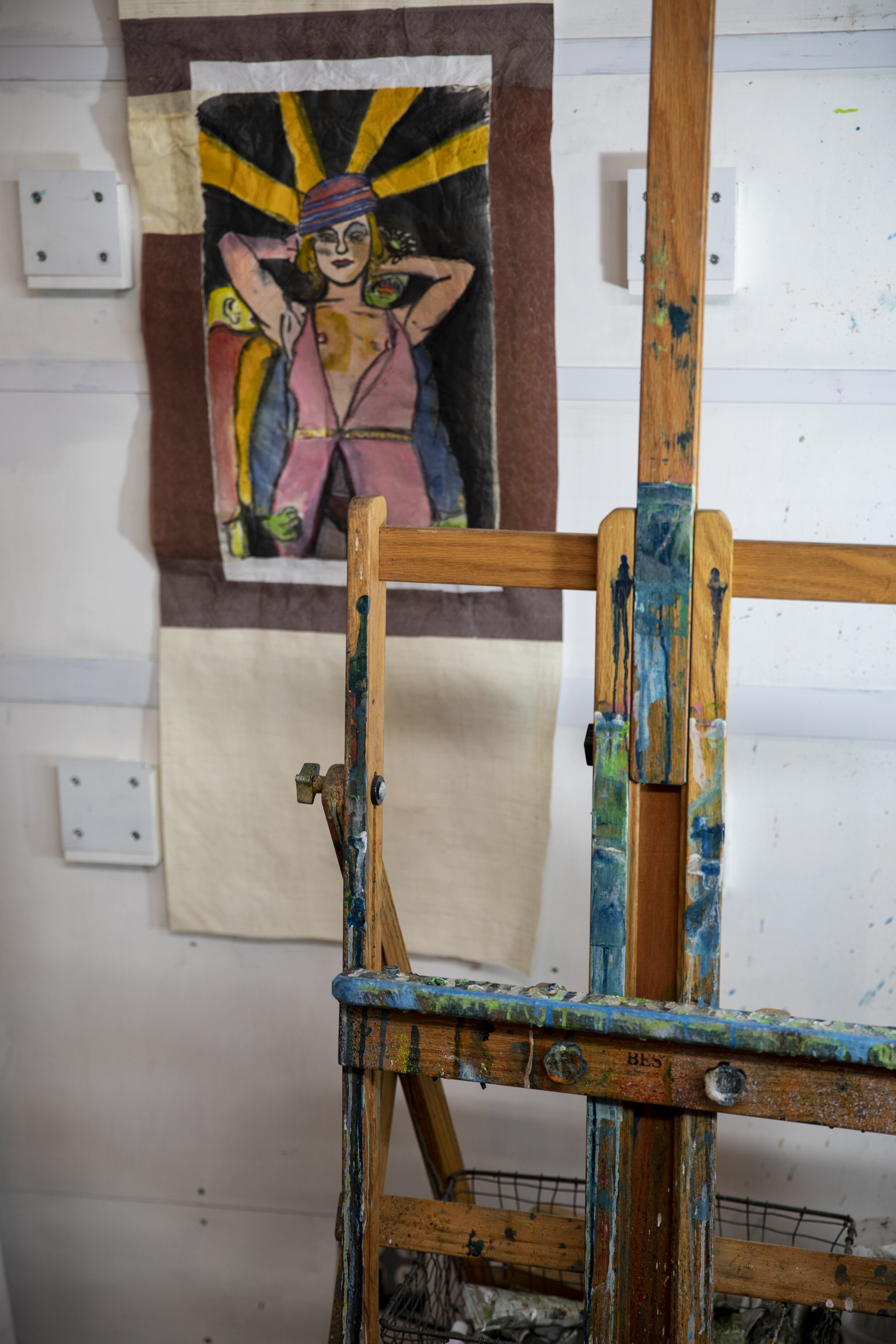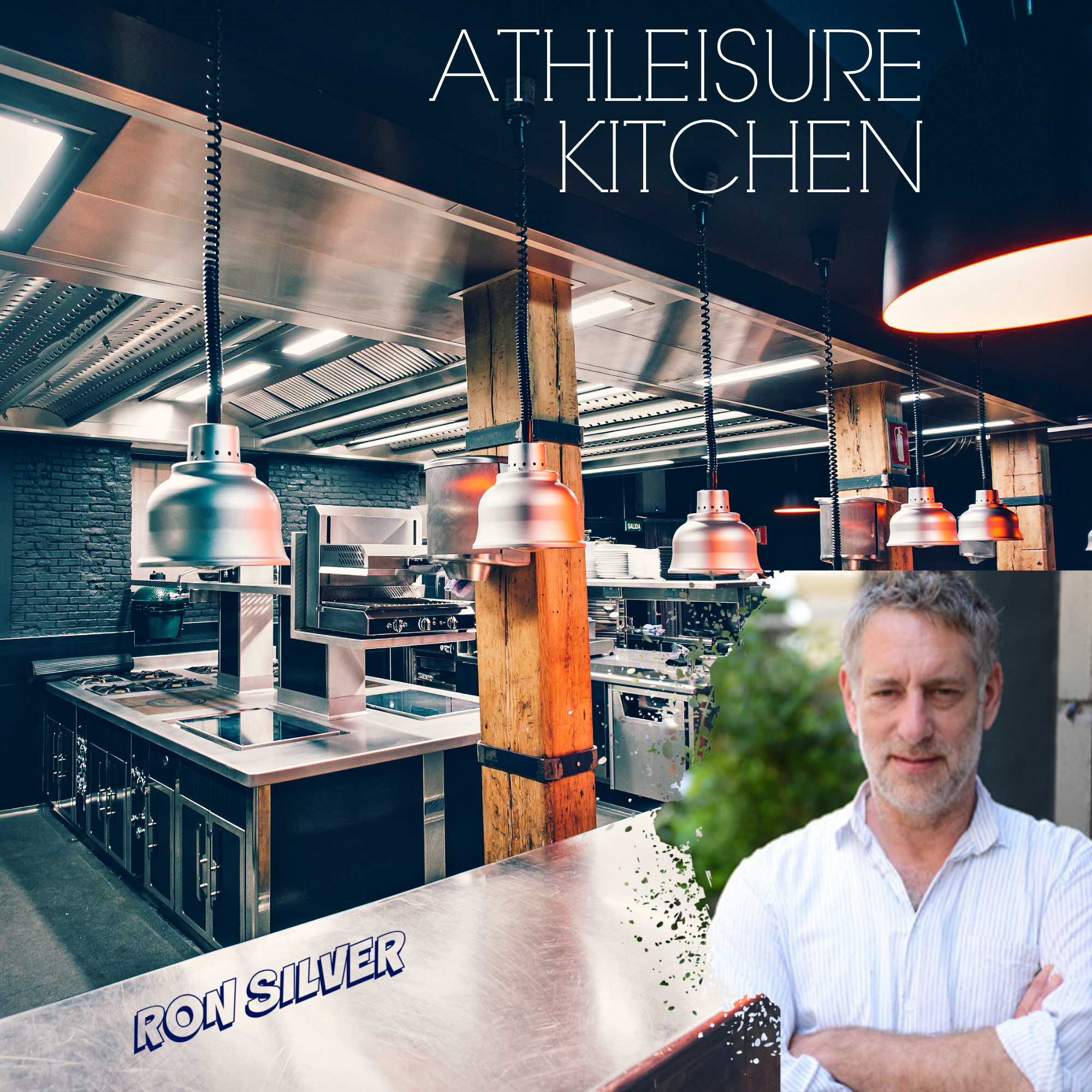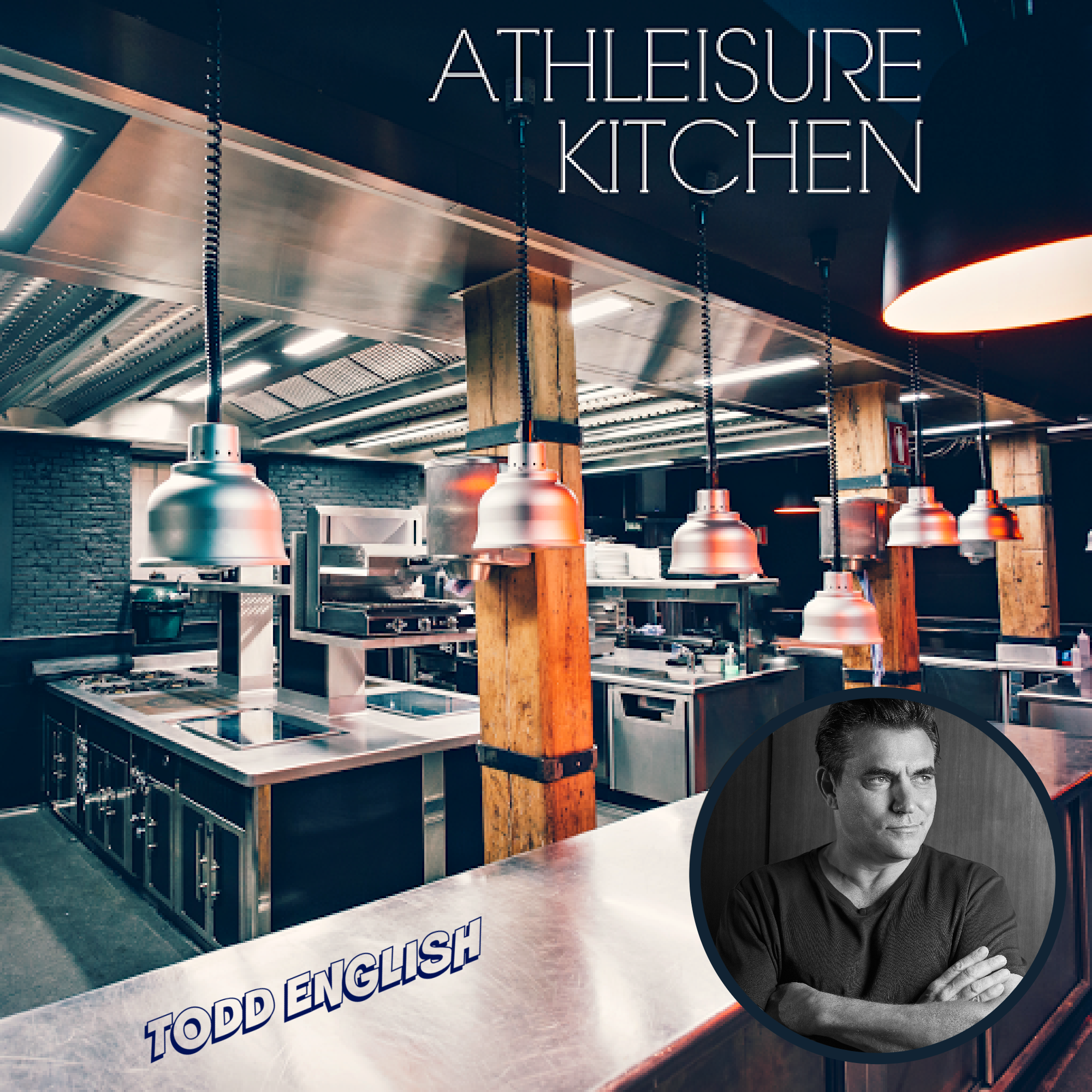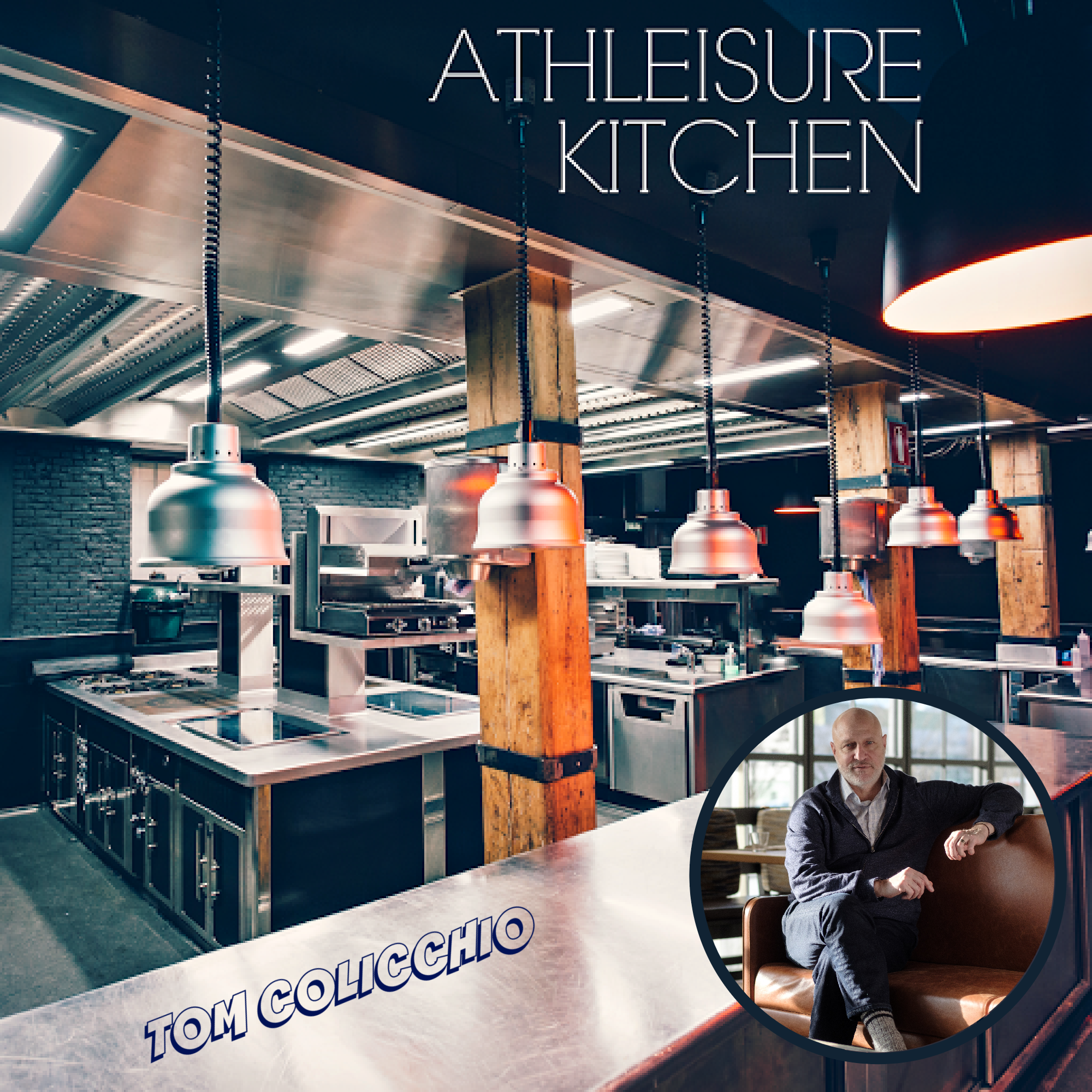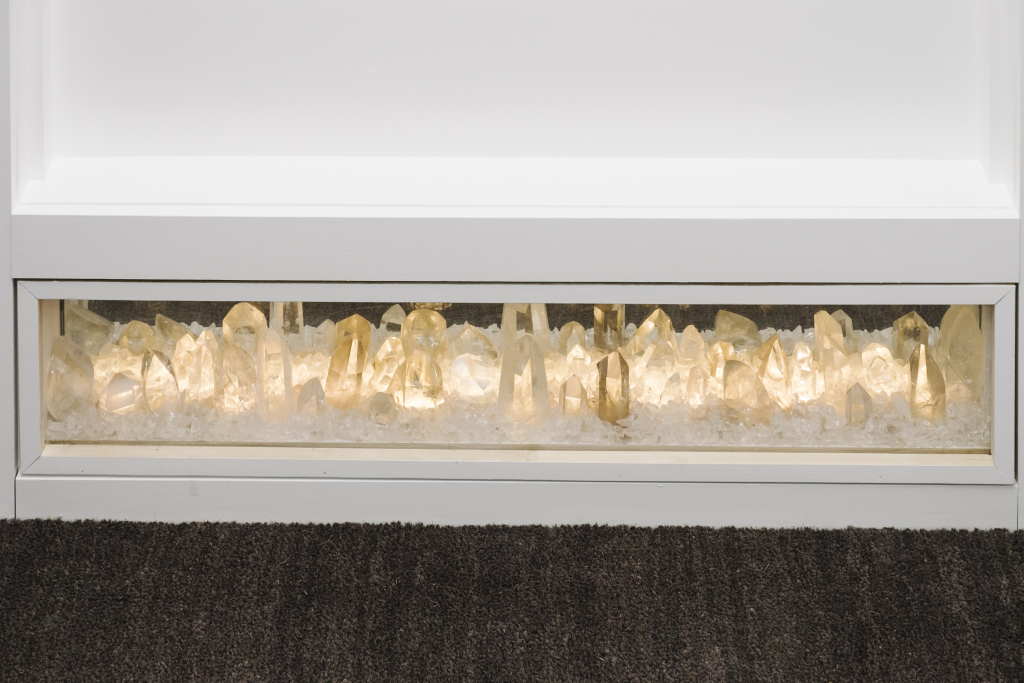This month's The Art of the Snack takes us to Goa New York, an Indian restauran that takes our taste buds to another level with their savory dishes! We had the chance to catch up with Chef/Owner and Restaurateur Hemant Bhagwani who has opened a number of restaurants in Canada! With Goa New York, he brings his vision of Indian food here in NY for us to enjoy. We wanted to find out more about his culinary background, how he got into the industry, opening Goa, and what we can expect when we come in with our friends and family for an amazing meal!
ATHLEISURE MAG: Can you tell us about your background and culinary journey?
CHEF HEMANT BHAGWANI: I was born in India and got my hotel and culinary management degree in Switzerland. I then put my learning to use in Sydney and Dubai, getting involved in every stage of a restaurant from start-up operations to turning around struggling ones to taking successful ones to new heights. I landed in Toronto in 2000 and launched my Canadian career. After adding a professional sommelier certification to my qualifications, I decided to set out on my own in an effort to get Indian cuisine the recognition and respect it rightfully deserves. Since 2002, I have opened 57 restaurants.
AM: You are a celebrated Indian chef/chef restaurateur in Toronto and have opened a number of restaurants in Canada. Why did you want to open your first U.S. project?
CHEF HB: I have long wanted to bring my style of Indian food to the U.S., and I am very excited to start with New York City. This is truly where it's at! Getting Indian food recognized for its range, flavors, variety, and array of ingredients is what I have always strived towards. The logical next step for me after Canada was the U.S.
ATHLEISURE MAG: You're known for channeling the vibe of Goa. Can you tell us about this and what that means?
CHEF HB: In 2017, feeling burned out from many years in the restaurant industry, I sold my company and took a six-month sabbatical. I spent those six months in Goa, where I fell in love with the place, the culture, and most importantly the cuisine. Goa is not just a place. It's a vibe. It's colorful, vibrant, and pulsating with energy. It's unlike anything and any place else! Goa is India's happy place or as I call it the 'Miami' of India.
AM: You launched Goa New York in Tribeca in Feb, from an ambiance standpoint, what can diners expect when they are coming for their next great meal?
CHEF HB: Goa New York is a luxurious space that draws its inspiration from nature as its palette. When you step through the doors, you are greeted by the sight of two peacocks that were custom designed for the space. Whimsically, we call them Melody and Mayura (peacock in Hindi). As you continue further inside, you will see our interpretation of the Tree of Life, inspired by the century-old banyan tree in Arambol, Goa. The wallpaper is also evocative of nature scenes with flora and fauna. We aim to combine the ambiance with exquisite food and drink offerings, and music, to bring a sublime experience every time.
AM: What ingredients and spices are associated with Indian cuisine?
CHEF HB: Indian cuisine is actually many, many different regional cuisines. But religion also plays a role in how the same dish might be prepared. Broadly speaking, and just to name a few spices, Indian cuisine uses turmeric (also recognized worldwide now for its health benefits), cumin, coriander, garam masala, fenugreek, asafetida, and Indian red chili powder (which is brighter and hotter than paprika), as well as ingredients such as cinnamon, bay leaf, mace, nutmeg, fennel seeds, carom, cloves, mustard seeds, curry leaves. What my restaurants specialize in is using locally available high-quality ingredients and giving them the traditional Indian treatment. The result is what you will experience when you visit Goa New York.
AM: Your menu reflects your culinary journey across the world. Why was it important to bring this modern, playful, and interactive take to the food that is offered here?
CHEF HB: One learns from one's travels! I have been traveling, learning, and evolving since I left India right after high school. Along the journey, my skills have been honed, my repertoire has expanded, and the learning continues, of course. This is the very reason I am here, to bring MY take. That includes the modern aspect, and the playful and interactive take. I believe that when you come to my restaurant, you are my guest as much as you would be at my home so you get to have the full benefit of my experiences around the world.
AM: What are 3 appetizers that you suggest that we should have when we come in?
CHEF HB: I recommend the Shrimp Balchao Toast Tiger Shrimp in a spicy tangy spicy sauce, red radish, prawn chili oil, on Japanese milk bread toast; Goan Style Slaw Goan Salad with 16 ingredients, green chili, salted star fruit, and plum dressing; and Hamachi Ceviche Coconut Broth, kokum dressing, crispy puffed rice, and chili salsa.
AM: What are 3 entrees that we should have with friends and family?
CHEF HB: Great for friends and family are the Goan Prawn Curry with okra, drumsticks, coconut, kokum, dried mango, Portuguese chili-garlic oil; Pork Tenderloin Sorpotal an essential pork curry from Goa, slow cooked, with caramelized onions, roasted kohlrabi curry; and Laal Maas 8-hour slow-cooked, bone-in goat leg in Rajasthani red chilies. I also recommend the Butter Chicken because I do think we make the best butter chicken in NYC - it's charcoal smoked.
AM: What are 3 sides that we must have?
CHEF HB: Some of our great sides include the House Baked Sourdough Poi Bread which we serve with a choice of chorizo butter or balchao butter; Shakuti Chicken Pao white chicken massaged with coconut and then cooked in a spicy tamarind curry, served with pao bread; and the Rawa Fish Fry with granulated wheat chili crisp, pickled red cabbage, green chili chutney. The chicken and fish are listed as appetizers, but I love to have them as sides! The portion size is perfect to add as a side to any dish.
AM: In terms of cocktails, what are 3 that we should have?



